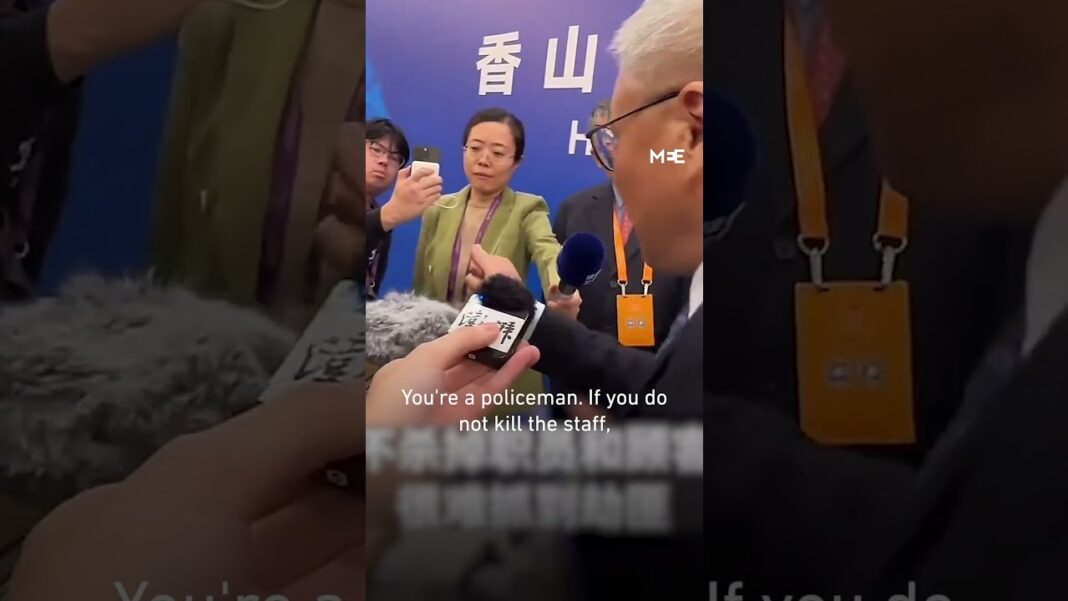The trial resumes on Monday with Routh—who is representing himself—calling his first witness.
FORT PIERCE, Fla.—Prosecutors called their last witness on Sept. 19 in the trial of Ryan Routh, the man accused of attempting to assassinate then-presidential candidate Donald Trump, and sought to triangulate the suspect’s movements in the weeks leading up to the incident using cellphone location data.
The trial began with jury selection on Sept. 8 and is running ahead of the scheduled three-and-a-half-week timeline that District Judge Aileen Cannon had originally blocked off.
Jurors have heard seven days of testimony from government witnesses, including FBI agents, the Secret Service agent who allegedly first spotted Routh in the treeline at Trump International Golf Club in West Palm Beach, Florida, in September 2024, and the civilian who identified Routh as the suspect following his arrest.
Routh, who is representing himself, has pleaded not guilty to multiple charges, including assaulting a federal officer, attempting to assassinate a major presidential candidate, and several firearm violations.
Here are five takeaways after the prosecution rested its case in the trial of the second Trump assassination attempt suspect.
Cellphone Location Data, Alleged Surveillance of Trump
Prosecutors spent much of Friday retracing Routh’s movements in the months and weeks leading up to the alleged assassination attempt on Trump on Sept. 15, 2024.
According to FBI supervisory special agent Kimberly McGreevy, Routh was found with multiple “burner” cellphones, including one with an area code to West Palm Beach, Florida, and another registered in Greensboro, North Carolina.
Describing Routh’s alleged movements and activity between March and September 2024, McGreevy alleged that it amounted to “surveillance” of Trump. Location data tracked Routh’s black Nissan Xterra to Palm Beach International Airport, where prosecutors alleged he was conducting surveillance of Trump’s private plane coming and going from the airport on multiple occasions.
Airport cameras showed a man who appeared to be Routh walking inside without a bag and looking out a window as Trump’s plane was about to depart. Routh also allegedly took photos of Trump’s plane on the tarmac from one of his burner phones, McGreevy said.
Numerous traffic camera photos also show Routh’s Nissan Xterra on streets near Trump’s West Palm Beach golf club, utilizing multiple license plates to avoid detection, prosecutors say. He would eventually take up residence at a Marathon truck stop not far from the golf club, where receipts indicated he paid for overnight parking.
Routh also allegedly conducted surveillance for up to 16 hours at a time at Trump’s golf club before the day of the incident.
Weekslong Planning
Prosecutors showed evidence that Routh allegedly planned to assassinate Trump for months before the day he was ultimately arrested. Routh had sent text messages to several associates, allegedly indicating his desire to see Trump eliminated before the election.
McGreevy alleged that Routh was essentially “stalking” Trump’s schedule with as many digital tools as he had at his disposal. Routh allegedly searched Trump’s campaign schedule repeatedly and tried to obtain tickets to attend an event.
Routh was also accused of using flight tracking software to surveil the president’s plane coming and going from Palm Beach International Airport, which prosecutors say allowed Routh to watch the plane leave in the video surveillance footage.
Prosecutors also accused Routh of searching Palm Beach County’s live traffic cameras at the intersection of Southern Blvd. and Congress Ave., where they say he would have been able to see Trump’s motorcade coming and going from the airport, which is less than a mile from the golf club.
The web searches, which included one for “how fast does it take cops to get a DNA result,” were made from Routh’s phone using a Google account tied to one of his three aliases—“John Smith”—according to prosecutors.
By Jacob Burg







